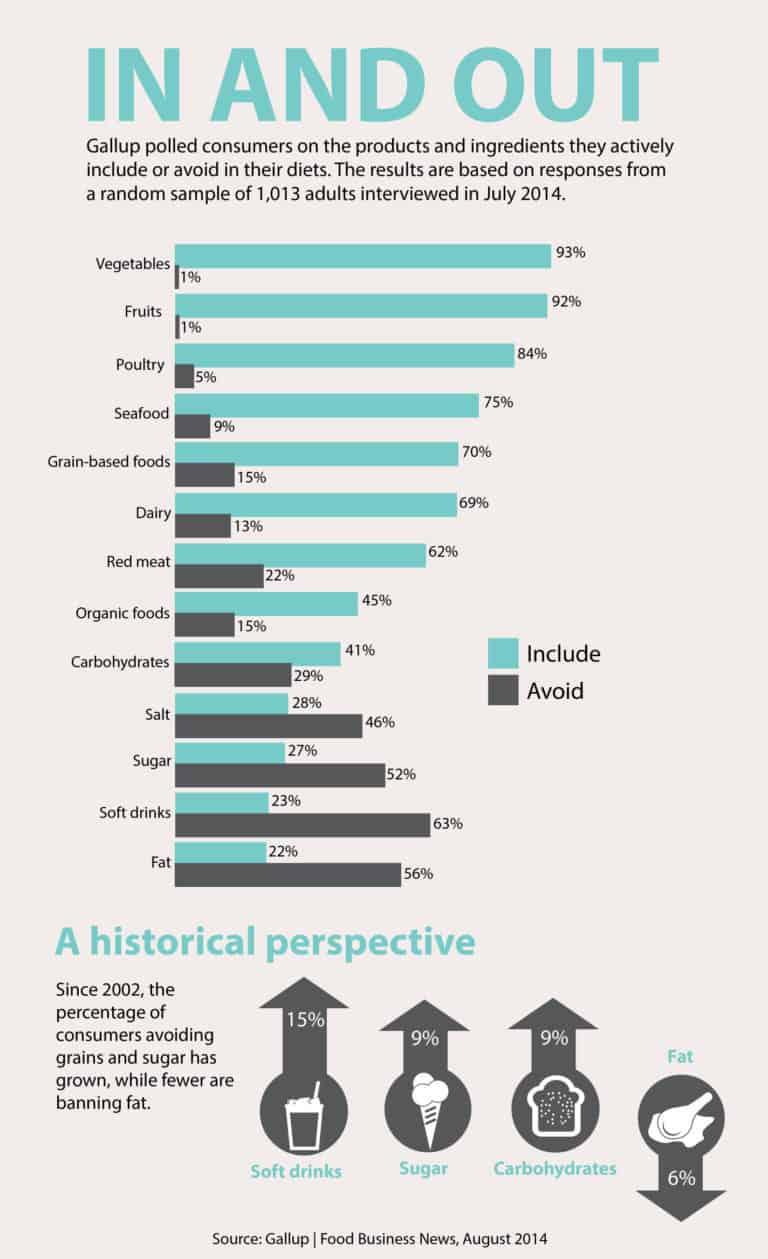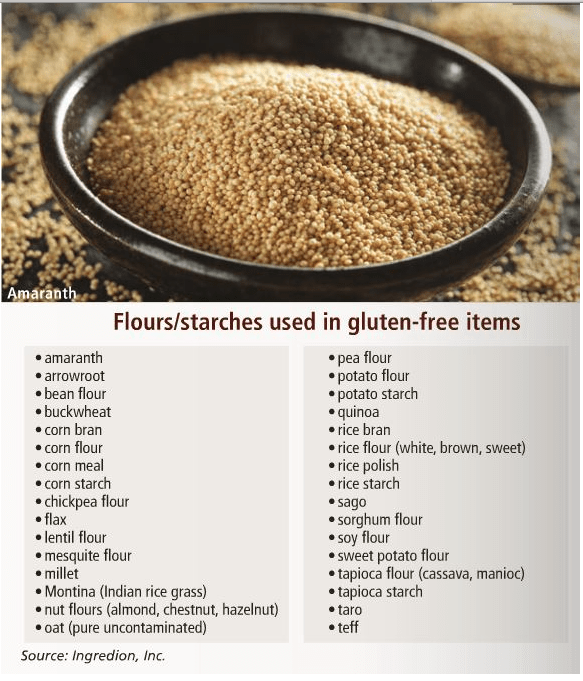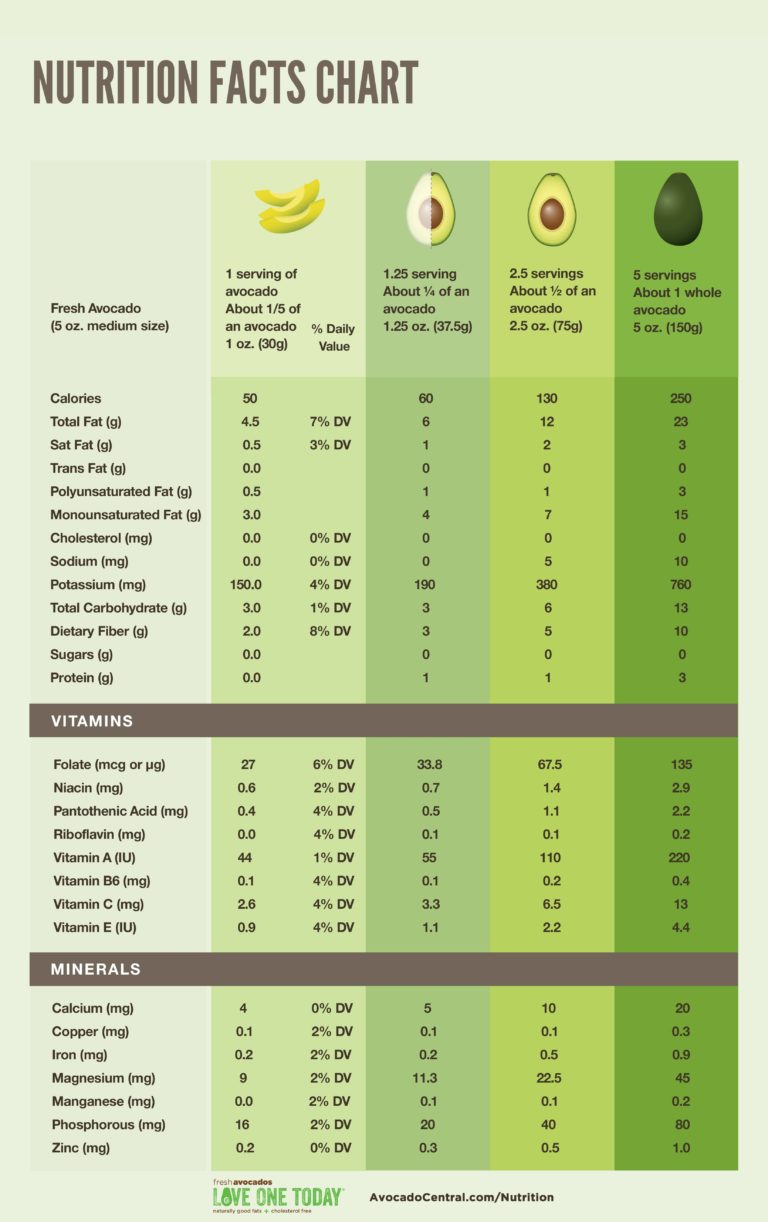Welcome to Our Eleventh Issue!
Featured Chef - Chef Alan Wong
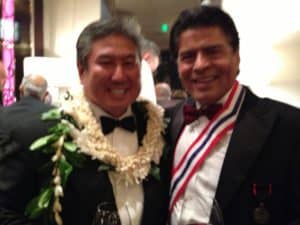
In the world of gourmet cooking, critically-acclaimed Chef Alan Wong is well known for his unique creative flair. A renowned master of Hawaii Regional Cuisine, Chef Wong has made a highly-successful career out of marrying elements of different ethnic cooking styles using the finest Island-grown ingredients. As his Asian roots combine with his French culinary background,
east and west cuisines do not merely meet — they meld.
Completing his apprenticeship at The Greenbrier Hotel, Chef Wong worked at Lutece in New York City. It was there that his mentor, Chef Andre Soltner,
emphasized the importance of being a “skilled craftsman” and “cooking with
two feet on the ground”. These words remain with Chef Wong in all aspects of his work as he guides and nurtures his staff.
In 1989, he opened The Canoe House Restaurant at the Mauna Lani Bay Hotel and Bungalows and subsequently participated in every “Cuisines of the Sun” event held there for twelve years. 1991 witnessed the birth of Hawaii Regional Cuisine when he and eleven other chefs organized a group determined to work with local farmers, fishermen, and ranchers. The creation of HRC helped to establish Hawaii as a sought-after destination to experience a unique blend of ethnic-inspired cuisines made with fresh, local products.
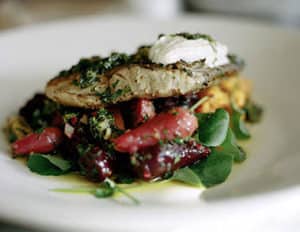
What's HOT?

Let's be real
The American food system today has some pretty daunting issues. We’re saddled with a farming system that, on the whole, releases a massive amount of greenhouse gases into the atmosphere (675 million metric tons annually at the most recent tally, to be exact), sucks nutrients from the soil, and leaches chemicals into the water table. And in regions with some of the richest farmland, historically speaking, you can’t buy a fresh vegetable for love or money — but you can get a two-liter bottle of potable sugar and an endless variety of nutritionally vacant foodstuff approximations at any corner store.
To that end, we find ourselves in the midst of a dietary and environmental crisis. We could ask, “How did we get here?”, but I’m not trying to answer that question. There are many possible culprits at whom we could point fingers, but what’s much, much more important is how we get ourselves out of this mess. Learn more!
Information provided by Aminta Martínez-Hermosilla, MS
Think Positively (Leadership)

Is the guiding force that will help you identify your path to success by providing a strong foundation for all strategic decision-making.
Definition: Leadership is getting results in a way that inspire trust, it is maximizing both your current contribution and your ability to contribute in the future by establishing the trust that make it possible. Lead on!
Quote's
That will help you stay ahead of the game.
The leader that decides to abandon trust and only focus on results may have the short term performance, but will never have long term excellence. Execution, people development and honesty are the three cores that create a leader’s trust within an organization.
Lead On!
Situational Theories
The fourth of our Leadership Theories are Situational Theories. These theories suggest that, dependent upon the variables involved in a particular situation, the leader must chose the best style of leadership action. Since no leadership style can be the most appropriate for all situations, this theory implies that the more styles the leader can use, the better the chances of using the one best suited to a specific situation. At last count, there were approximately 200 different styles that could be used. Expecting a leader to be effective with all of them is not feasible.
Information provided by Dr. Gary Brant.
For more information regarding the Situational Theories please visit Situational Leadership.
Being an effective leader is all about relationships!
It has been my observation, over the years, that many leaders rank low on empathy. They understand it intellectually, they just don’t pay enough attention, ask the right questions or comprehend that it is not just about what your colleagues think, but about how they feel. To be an effective leader you need to do more than just manage the bottom line and watch the numbers like a hawk. Obviously that may be necessary, but so is offering suggestions, being supportive, being a source of creative ideas, helping your people think through their roles and helping them make the best use of their time. In fact, that is precisely what the best leaders do.
Patrick J. McKenna
As you think about how you exhibit genuine empathy here are five questions for you to contemplate. For more information visit: patrickmckenna.com
Culinary Corner

Form the American Culinary Federation, your chance to create spectacular dishes and contribute with inspirational new ideas.
Click below for more information:
The 2016 Menus of Change Annual Report was released at the fourth annual Menus of Change leadership summit on June 14. It includes an analysis of issues at the convergence of public health, the environment, and the business of food, plus and updated Dashboard of how the food and foodservice industries have progressed—or not—since last year’s report was issued.
The World Culinary Arts Video Series
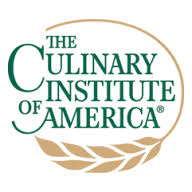
Read more and enjoy the videos at: Amazing video library from The Culinary Institute of America
Trends to Watch

Severe winter weather impeded restaurant traffic early in the year, but trends gradually improved in the months that followed. Still, operators have remained less than bullish on the direction of the economy and a slow recovery in consumer confidence.
Hungry for more? Visit Restaurant trends — The year in review
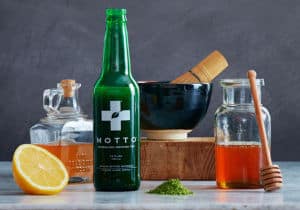
Plenty of health fads go like this: Flashy food gets a publicist, becomes famous overnight, and disappears forever. Then there are the legit healthy heroes—the less-hyped-yet-hard-working kind that go about quietly for years before finally getting their moment.
And let’s not forget the salad-bar staples that are forced into the spotlight when new research surfaces, highlighting yet another health benefit. Even the fittest bodies can have a hard time keeping up. Here are the ones you should get to know: Matcha, Sea Buckthorn, Beets, Maca.
Learn more by visiting: The New Health Foods: What to Eat Now
Meeting the Demand for Safe, Natural Products
Lately, while shopping at my local grocery store, I have noticed the increasing number of food products marketed as organic or preservative-free. More and more, consumers are demanding green labels and ingredient lists they can understand. Yet food safety — preventing food spoilage and contamination from microbial pathogens — must remain a top priority for food producers. The food safety industry faces many challenges if it is to transition away from the use of refined chemicals toward more label-friendly preservatives.
By Suzanne Osborne, PhD
Wednesday, 30 April 2014
Hail to the Kale!!
Kale is one of the cruciferous vegetables, cancer fighters full of fiber and antioxidants. great addition to salads or you can bake it with a spritz of extra virgin-olive oil and sea salt for a crispy potato chip alternative.
Nutrition, Eat Better
Salt, Consuming the right amount, Most Americans consume more sodium than is good for their health, according to the Centers for Disease Control and Prevention. Learn more!

8 Tips For Avoiding Gluten Cross Contamination – PrimoHealthCoach
▪ Oils that have been used to deep fry battered foods will contaminate foods like French fries. Use separate oils, and ask the chef when dining out if the same oil is used for battered foods.
▪ Cutlery, utensils and potsand pans must be thoroughly cleaned before cooking gluten-free to avoid cross-contamination.
▪ Toasters and ovens that have been used for glutenous breads can contaminate gluten-free breads. At home try to keep two separate toasters.
▪ Grills and barbecues can easily cross-contaminate foods if not properly cleaned. Many sauces used to barbecue have gluten.
▪ Sifters used for both glutenous and gluten-free flours will cross-contaminate. At home if you use both types of flour, keep separate properly labeled sifters.
▪ Your mayonnaise, peanut butter jar, jams and jellies are easily contaminated when making sandwiches.
▪ Glutenous flours have a tendency to stay airborne for some time after use. Cooking in a kitchen shortly after preparing foods with glutenous flours is risky for the sensitive person. Because of this I find it very hard to believe that you can get a truly gluten-free pizza from a pizza restaurant that makes regular pizza as well.
▪ Any foods not prepared in a gluten-free facility, including your own home, runs the risk of getting cross-contaminated.
Goodness!!
Avocado oil; this silky fruit oil helps fight joint condition and promoted soft skin.

